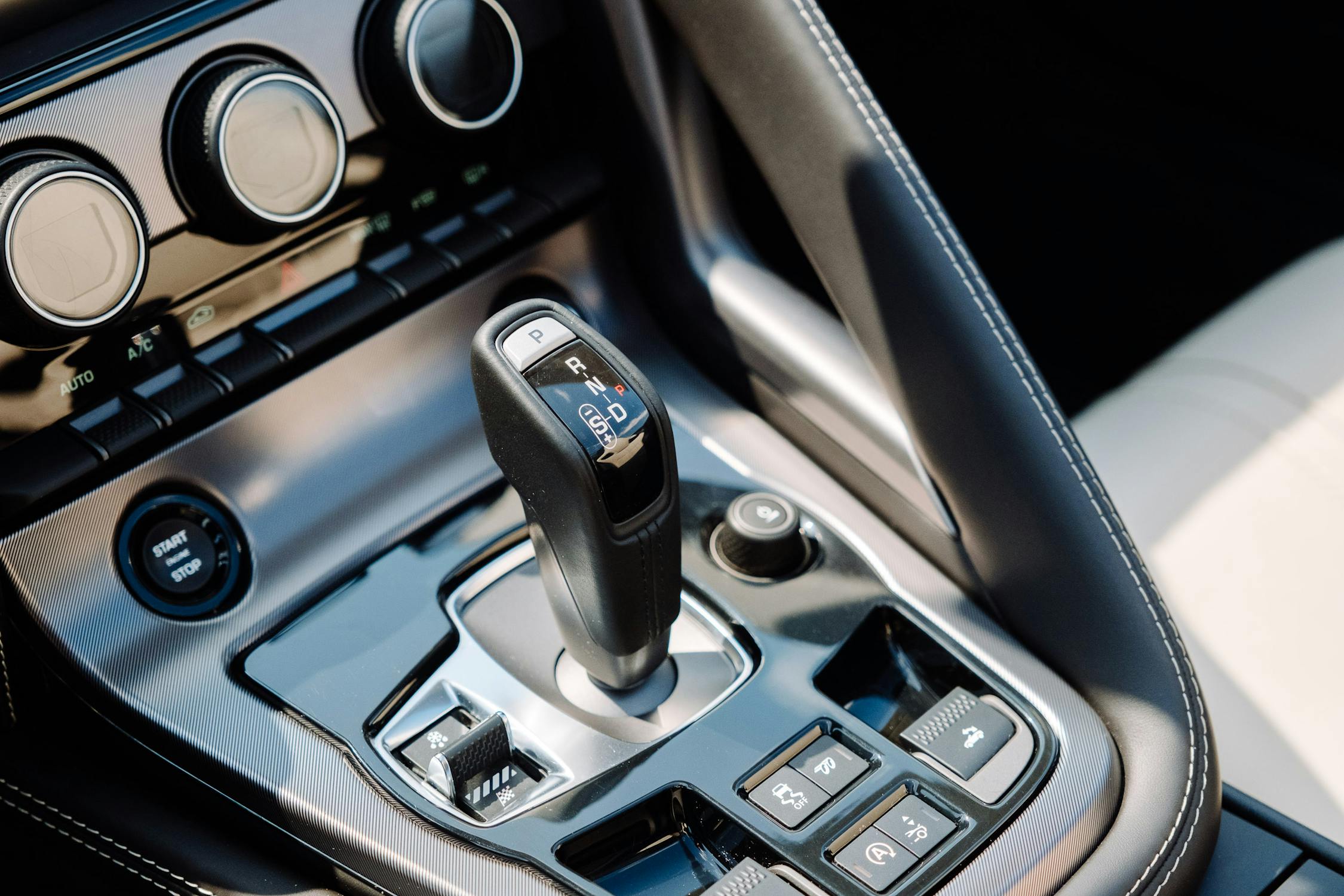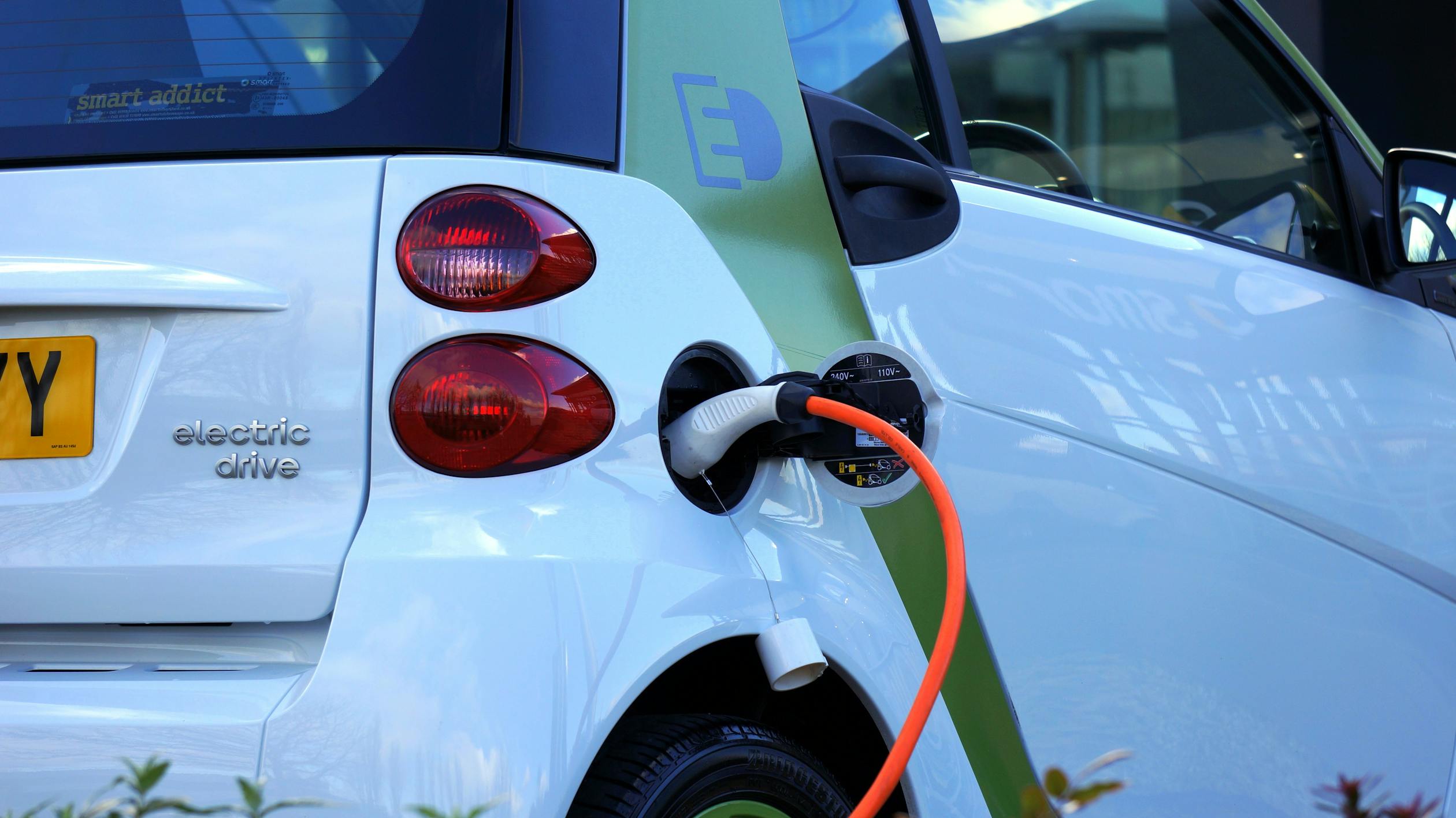
Current State of Technology
Today's vehicles offer Level 2 automation with features like adaptive cruise control, lane keeping assist, and automatic emergency braking. Companies like Tesla, Waymo, and Cruise are testing Level 4 systems in limited areas.

Levels of Automation
SAE defines 6 levels (0-5) of driving automation. Level 3 allows hands-off driving in specific conditions, Level 4 is fully autonomous in defined areas, and Level 5 represents complete automation anywhere.

Safety and Benefits
Autonomous vehicles could prevent 94% of serious traffic crashes caused by human error. They also promise improved mobility for elderly and disabled individuals, reduced traffic congestion, and more efficient transportation.

Challenges Ahead
Technical challenges include handling edge cases, weather conditions, and complex urban environments. Regulatory frameworks, public acceptance, and cybersecurity concerns also need to be addressed.

Conclusion
While fully autonomous vehicles may still be years away for widespread adoption, the technology continues to advance rapidly. The transition will likely be gradual, with increasing levels of automation becoming standard in new vehicles over the next decade.

